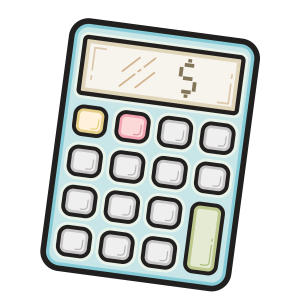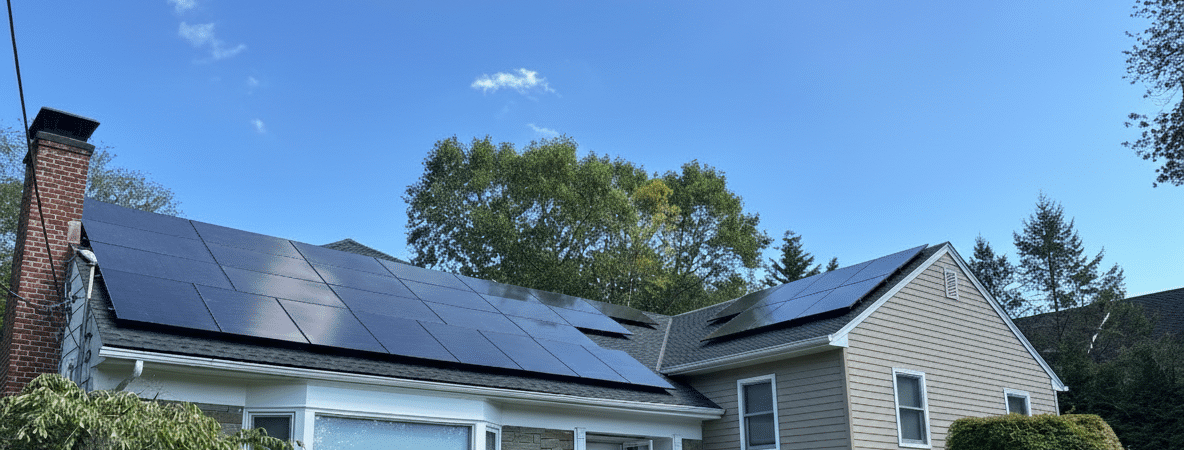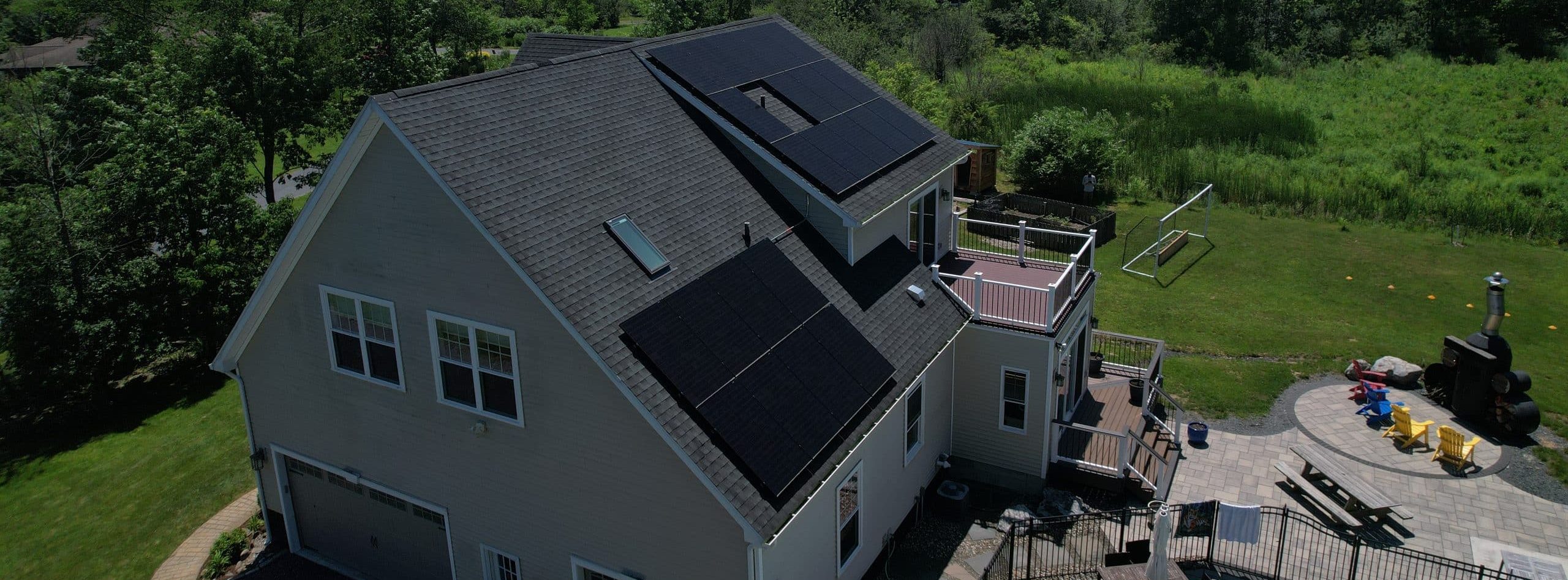Are you excited about the possibility of switching to solar energy? This is your chance to do your part for the environment, not to mention enjoy lower utility bills for decades to come. Solar has proven the ability to pay for itself in just a few years, but how much do solar panels cost? What should you expect to invest once you decide solar is right for you?
The answer to this question is complex. Asking how much do solar panels cost is akin to asking how much a car costs. The price of a car depends on the quality of the make and model, advanced add-ons, fuel efficiency and more. Similarly, the cost of going solar in Rockland County depends on various factors. Explore these factors here and consider ways to keep the cost of solar panels down.
Solar Panel Brand
The first thing you must understand is that, like car makers, not all solar panel brands are created equal. When asking “how much do solar panels cost?” it is important to remember that some panels have proven to have longer life spans, higher energy conversion rates and lower chances of premature failure.
SunPower solar panels, for instance, are built with a solid copper backing to make the panels stronger and more durable. They have the record highest energy conversion rate at 21.5% efficient and a slower degradation rate than ordinary panels, allowing them to generate 70% more power in the first 25 years. In order to achieve this efficiency, SunPower uses monocrystalline cells, which are superior to polycrystalline cells. This type of cell appears black, which looks aesthetically pleasing on your roof.
SunPower solar panels are also constructed in such a way to eliminate 85% of the reasons conventional panels fail. With an industry-leading 25-year warranty, you know you can trust SunPower to deliver on its promises.
Number of Solar Panels
Obviously, the more solar panels you install, the more electricity your system will produce. Of course, larger installations also cost more. When considering the number of panels you need for your solar array, you must make two considerations:
How much electricity do you want to generate?
Many homeowners want to achieve near 100% coverage for their electricity needs, but this is most cost effective if you cut back on energy consumption before you switch to solar. You can make beneficial changes such as:
- Upgrading old appliances.
- Switching out incandescent bulbs for compact fluorescent lights.
- Getting in the habit of turning off devices when not in use.
- Replace old windows and doors.
- Increasing insulation levels and sealing air leaks around the home to lower heating and cooling costs.
Once you make these changes, wait a few months and see how your energy consumption has changed. Hopefully it has decreased substantially so you can install a smaller, less costly solar array to offset a greater percentage of your electrical needs.
You need a few months – preferably a year – of utility bills to draw from to determine your average monthly electricity usage in kilowatt-hours (kWh). Use this number to determine the solar capacity you need to achieve 75%, 90% or 100% of your total energy needs.
How many solar panels do you need to generate enough electricity?
If you’re asking yourself “how much do solar panels cost?”, this is when solar panel efficiency comes into play. If you have limited space to install solar panels, you definitely want to invest in a brand that offers more energy production in a smaller amount of space. Even if room isn’t limited, why would you want to waste room installing 14% to 16% efficient panels when SunPower’s 21.5% efficient panels are available? Installing fewer solar panels with higher efficiency stands to save you money on your initial purchase anyway.
Power Inverter Needs
The job of a power inverter is to convert direct current (DC) electricity from your solar panels into alternating current (AC) electricity you can use in your home. Power inverters also connect your solar array to the power grid.
The brand you end up with depends on the installation itself. That’s why the solar panel company usually makes this informed decision for you. The number of power inverters you need depends on the size of the installation. As you might expect, larger solar arrays may require more than one power inverter, which increases the initial cost.
Labor Costs
Don’t forget about labor costs, which will impact the answer to “how much do solar panels cost?” unless you perform the installation yourself. Because of the danger and complexity of the job – which involves mounting heavy hardware and sorting out electrical needs – it’s definitely recommended that you hire an experienced solar contractor for the job.
Geographic location is a big factor in determining labor costs, but even right here in Rockland County, the amount you can expect to pay for labor depends on:
- Which installer you choose.
- The size and complexity of the project.
- The time it takes to complete the installation.
- Any rooftop repairs or tree trimming that must take place to ensure a safe installation and optimize sun exposure before the panels are installed.
In the end, labor tends to contribute to about 10% of how much solar panels cost. Of course, if you need a new roof, this could substantially increase the cost of the project.
Mounting Hardware
Many people falsely believe solar panels mount directly to the roof. However, this is not the case. Instead, racks are attached to the roof and panels are mounted to this hardware. Of course, you want good quality mounting hardware to ensure the roof and solar panels aren’t damaged.
In general, solar contractors have a preferred mounting system they turn to for most of their solar panel installations. The precise selection depends on roof pitch, size of the installation and climate. Because of this, the contractor usually selects the mounting hardware for you, which is factored into the overall cost of the installation.
Keeping Solar Panel Costs Down
With so many factors contributing to the answer to “how much do solar panels cost?”, it’s a relief to know you can also pursue options to lower your investment costs. As a New York resident, your options include:
- Federal tax credits for 30% of the purchase and installation cost with no upper limit.
- New York State tax credits for 25% of the purchase and installation cost with a $5,000 upper limit.
- Cash incentives from the New York State Energy Research and Development Authority (NYSERDA) totaling $700 per kilowatt (or more if you qualify as a low-to-moderate income household). These rebates will decrease as time goes by.
- Sales tax exemption at the time of purchase.
- Property tax exemption for the next 15 years.
- Net metering allowing you to sell back excess electricity to your utility company.
- Financing options – including solar leasing and taking out a solar loan – that allow you to get started with solar for $0 down.
It’s clear that while answering how much do solar panels cost is not clear cut, you have many options for lowering your costs and switching to solar for less. The best way to learn more is to contact a solar company in New York today. Want to speak with one of our experts and get a quote? Set up your appointment today.













